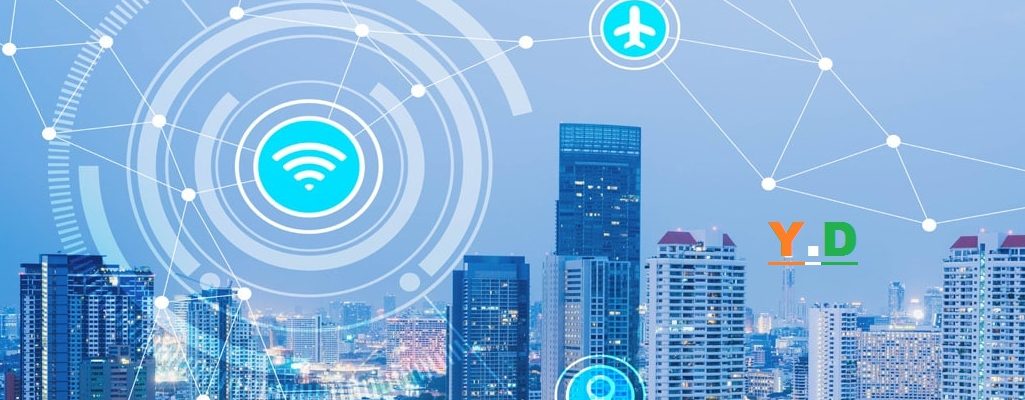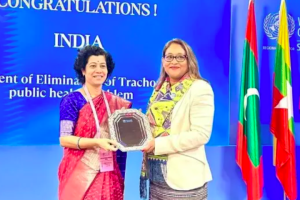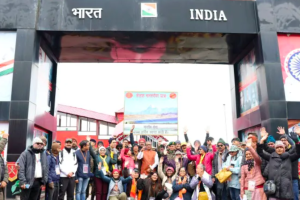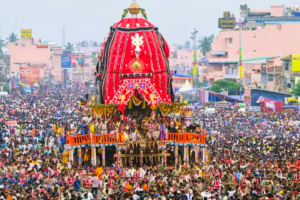Prime Minister Narendra Modi’s favourite Smart Cities Mission, which aims at upgrading the standard of infrastructure of growth in various cities to world class level, is also about making inhabitants of any city joyful through a highly upgraded administrative system and services.
A cursory glance at the progress of the Mission could be of help in understanding the level of development achieved and roadblocks being confronted to realise this big dream for India’s transformation into a developed country.
The Journey, In a bid to provide convenient living solution to citizens, the concept of Smart City was conceived in the early 1990s.
Various thought leaders’ multiple ideas and brain storming to arrive at specific solutions led to conceptualisation of the Smart Cities. The focus was also on creating a resilient infrastructure to inculcate evolving technologies for citizens’ betterment.
Read Also, Building India – INFRASTRUCTURE
Except for a number of cities, growth in the Indian parlance has occurred in an inorganic manner. It is important to note that urbanisation requires the city to be resilient, adaptive and ever evolving.
In 2014, the Narendra Modi Government introduced “Smart City Mission” for making cities livable through infrastructure upgradation and technological interventions, to provide convenience and benefits across all classes of the society.
The mission selected nearly 100 cities across the country to prepare SMART City Proposals and compete among themselves irrespective of their size, morphology, landscape, population and resource available.
A total of 99 cities have been selected under the Smart Cities Mission following a total five selection rounds.
India’s Opportunity for Urban Transformation through Smart Cities Mission
Securing Cities through Technology, Waste & Water Management, Smart Mobility & Transport, Green Housing & Infrastructure, eGovernance for reaching out to citizens — these were the features of much discussed and worked upon fragmented way in the earlier days, related to city development.
Read Also, Smart phone-Empowering Rural India
Since the Government of India’s ambitious ‘Smart City Mission’ has been announced, we can observe and feel the change being initiated among the administrators and citizens to make their cities smarter and livable.
Perhaps, one can see one of the best examples of participative governance in the Smart Cities Mission, where both administrators and citizens are exchanging ideas and innovation and knowledge to make their own cities more beautiful, clean, green and sustainable.
Technology is playing an important part too in this. Be it various Apps, Solutions or Innovations, technology is being leveraged to ensure cities of future with livability is lying as the core of it. In a bid to provide convenient living solution to citizens, the concept of Smart City was conceived in the early 1990s.
(Author, Sudhanshu Asthana, he is living in India. Asthana is part of our authors community since and has published first post on YD.)
























